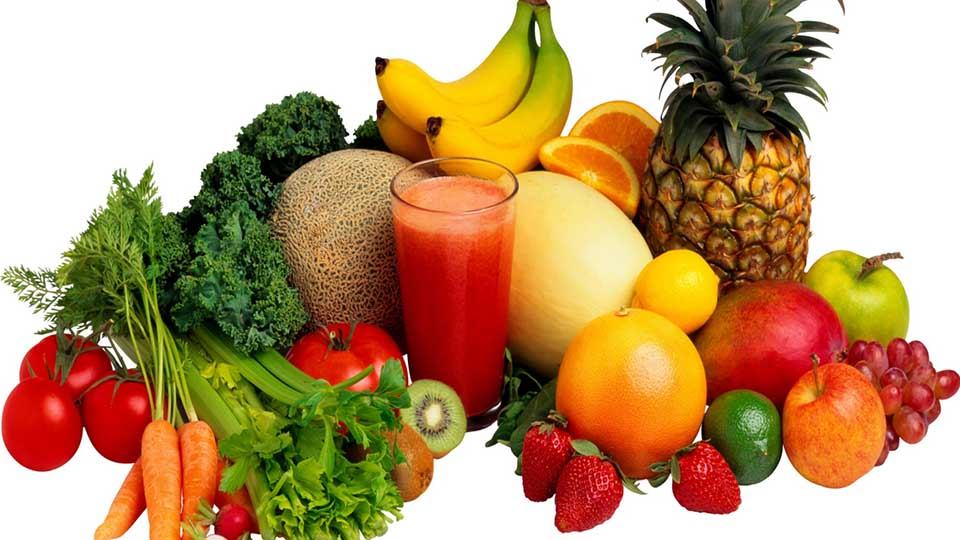GARDEN WORKS: Are you buried in veggies? Part 1

 by Emily Cates
by Emily Cates
How to enjoy an abundant harvest without wasting it
Does this sound familiar? The intentions were innocent, artfully combined, and dutifully cared for: A few rows of fine, well-prepared garden soil, a few wheel barrelfuls of rich compost, a few packets of seeds, and the gentle stream of water from the watering can; The delicate seedlings, under the watchful eye and loving shadow of the gardener, became strong and thrived. Suddenly, it happened! The veggies decided to proliferate. The zucchini are ballooning into baseball bats, the beans barreling headlong into full production, and the plums are breaking branches. Tomato plants are tumbling onto the ground from the weight of their full fruitage. The climbing squash and cucumber vines, in attempts to grow heavenward, are engulfing every plant and tree in their paths. As the gardener strolls into the garden to check on everything and discovers the profusion, shrieks of nervous delight are heard throughout the land!
In cases like this, timing is everything. The peak of perfection of perishable produce is the point at which procrastination will result in poor results. Wait another day, and the garden treasures will be apt to become garden trash. In other words, start cooking! Not a chef? Not a problem. Preserving the harvest need not be complicated, and, in the company of dear friends and family, it can be a highly anticipated event worth looking forward to. The following are a few suggestions that, hopefully, will help dig you out of that looming mountain of delicious produce begging to be used up in a dignified manner of culinary adventure. This time let’s take a quick look at fruit sauces.
What a delightful dilemma to be overrun with fruit! Fruit sauces and butters can be made with just one ingredient or a mixture of what’s on hand. (My favorite sauce is made from Purple Heart plums. If you know of another plum that even compares, please let me know!) Blackberries, elderberries, blueberries, grapes, and other berries that ripen the same time as apples, pears, peaches, and plums are oftentimes a winning combo.
Try using a sauce maker if there’s a lot of fruit, as it saves time and makes a smoother product. I like these contraptions because they make the job much easier, as there is no need to core, peel, or seed the fruit. To begin, wash away any dirt and cut out any bad spots. Then place the prepared fruit in a cooking pot and add some water if necessary. To preserve the character and nutrition of the sauce, I prefer not to overcook a pan of fruit- just enough to soften it for the sauce maker. Then pour the fruit into the sauce maker and crank the handle. The resulting sauce can be stored for short lengths of time in the fridge- or canned or frozen in jars for the long term. For a special treat, bake the sauce down into fruit butter or dry it into fruit leathers. The aroma in the kitchen will transport anyone within a nose’s distance to a land of scented bliss.
Responsible journalism is hard work!
It is also expensive!
If you enjoy reading The Town Line and the good news we bring you each week, would you consider a donation to help us continue the work we’re doing?
The Town Line is a 501(c)(3) nonprofit private foundation, and all donations are tax deductible under the Internal Revenue Service code.
To help, please visit our online donation page or mail a check payable to The Town Line, PO Box 89, South China, ME 04358. Your contribution is appreciated!


Leave a Reply
Want to join the discussion?Feel free to contribute!